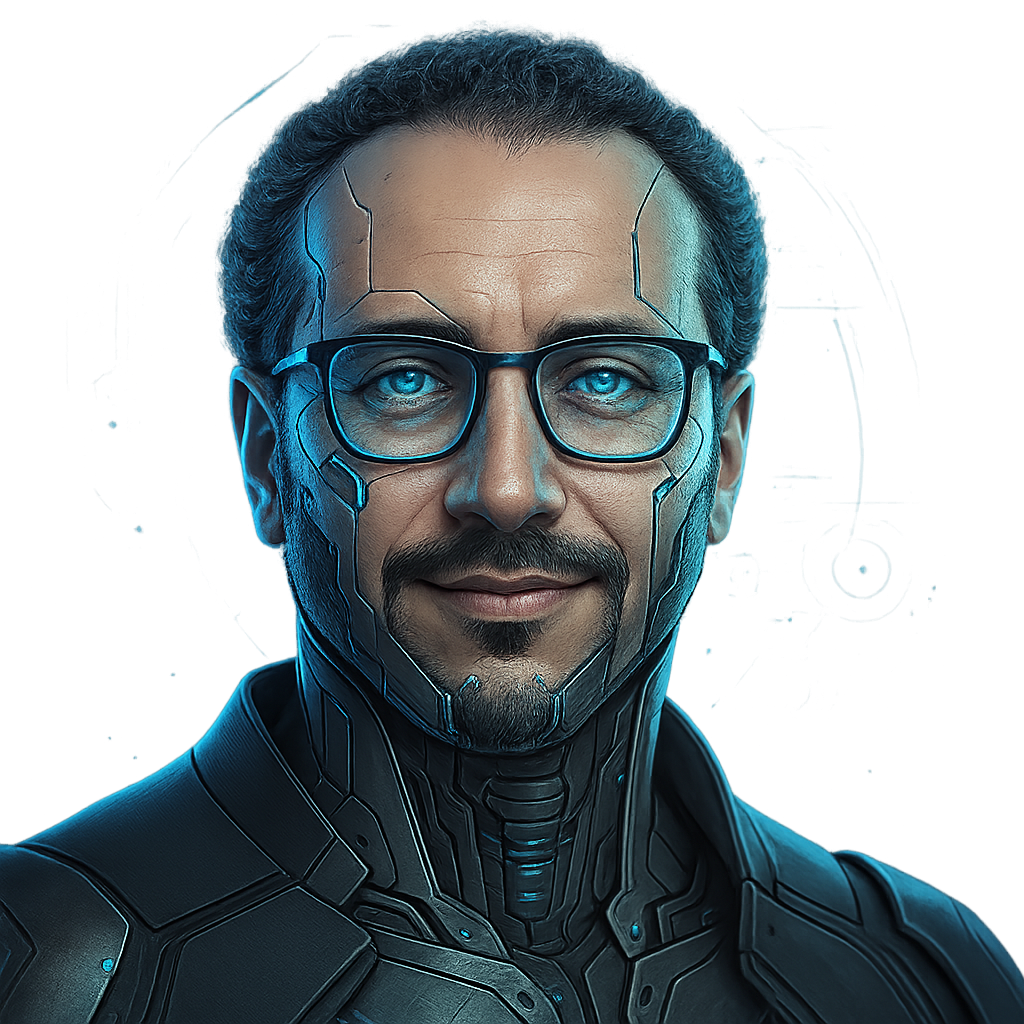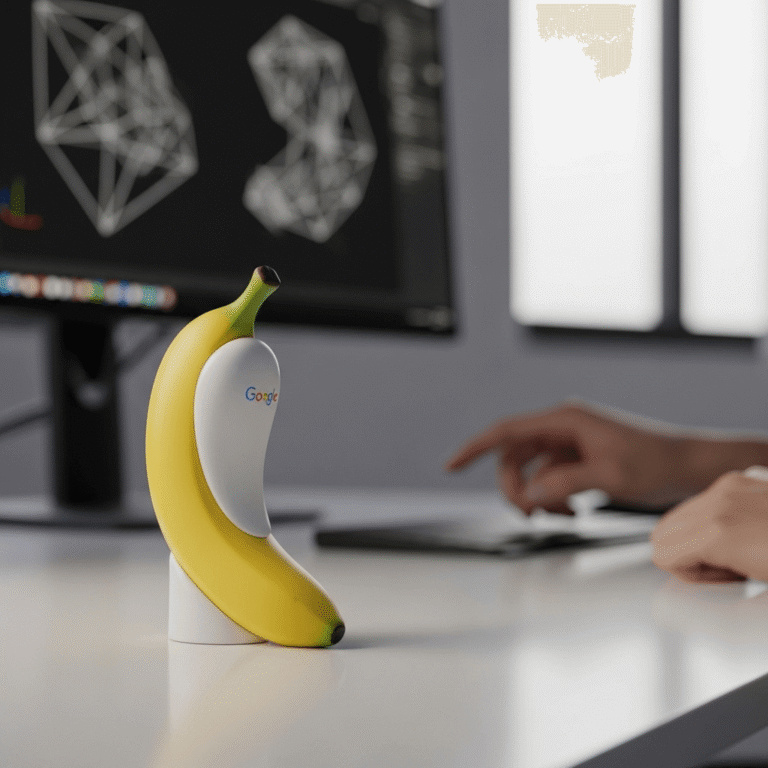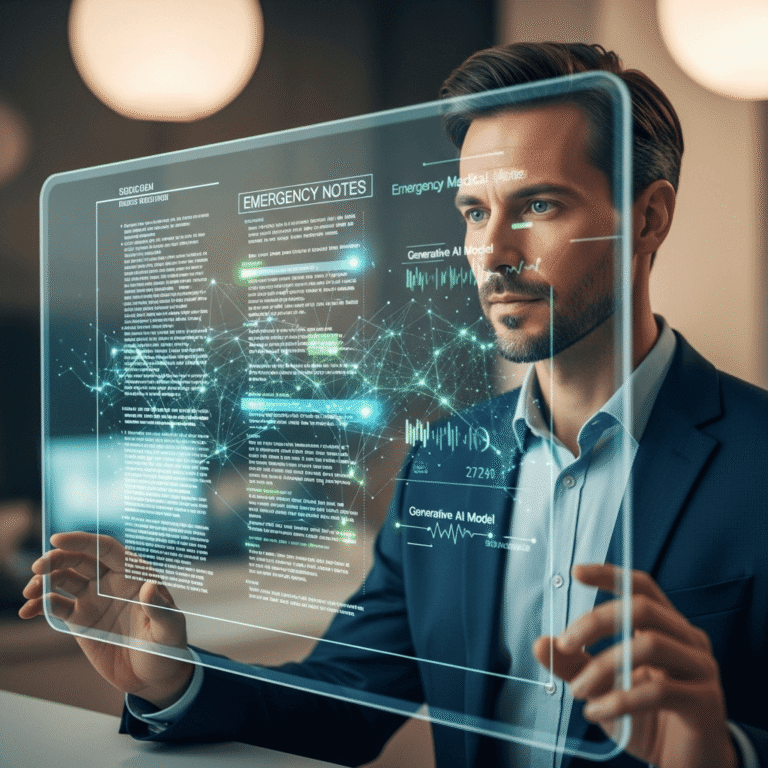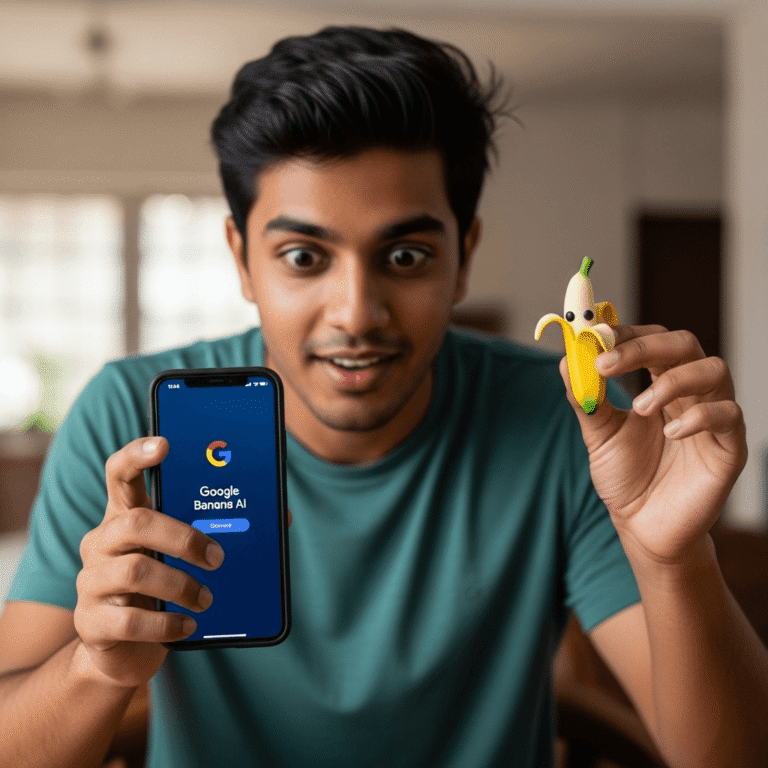OpenAI Eases ChatGPT Image Rules for Ghibli AI Art
The world of artificial intelligence constantly evolves, and recently, OpenAI has made a significant shift. The company now eases rules on ChatGPT image generation, allowing users more creative freedom. This pivotal decision comes as the captivating Ghibli AI trend goes viral, demonstrating a clear demand for personalized AI art tools. This article explores OpenAI’s updated approach and what it means for creators.
The Rise of Ghibli AI and Initial Restrictions
A fascinating phenomenon has swept the internet: the Ghibli AI trend. People eagerly transform their selfies and photos into stunning, hand-drawn-like illustrations reminiscent of Studio Ghibli’s beloved animation style. This viral AI art movement, primarily powered by various AI art tools, highlighted a growing desire for personalized AI-generated content. However, OpenAI, aiming to prevent misuse, initially implemented strict image generation rules. Previously, ChatGPT’s DALL-E integration largely blocked the generation of images depicting “real people,” including public figures and even the users themselves. This cautious approach aimed to mitigate risks such as misinformation, deepfakes, and privacy violations, thereby impacting how users could interact with their own likenesses within the AI art tools.
OpenAI Eases Rules on ChatGPT Image Generation
Responding to user feedback and the clear popularity of artistic transformations, OpenAI has chosen to ease rules on ChatGPT image generation. This important change now permits users to generate images of themselves in various artistic styles, including the popular Ghibli aesthetic, directly within DALL-E via ChatGPT. Consequently, users can now more freely explore their creativity without the previous constraints on self-portrayal. Furthermore, while this update offers greater flexibility for personal use, OpenAI maintains crucial safeguards. The updated image generation rules still prohibit generating images of other specific individuals without their explicit consent and continue to bar any harmful or explicit content. This thoughtful adjustment illustrates OpenAI’s evolving strategy, striving to balance safety protocols with the growing demands for innovative and accessible AI art tools, thus empowering a broader range of creative expression.
In conclusion, OpenAI’s decision to ease rules on ChatGPT image generation marks a significant step forward for AI art tools and user creativity. Propelled by the viral Ghibli AI trend, this change allows individuals to transform their likenesses into artistic styles directly within the platform. Ultimately, this move reflects OpenAI’s commitment to adapting its image generation rules, fostering innovation while still maintaining crucial safety measures against misuse. It truly opens new avenues for personalized digital art.







